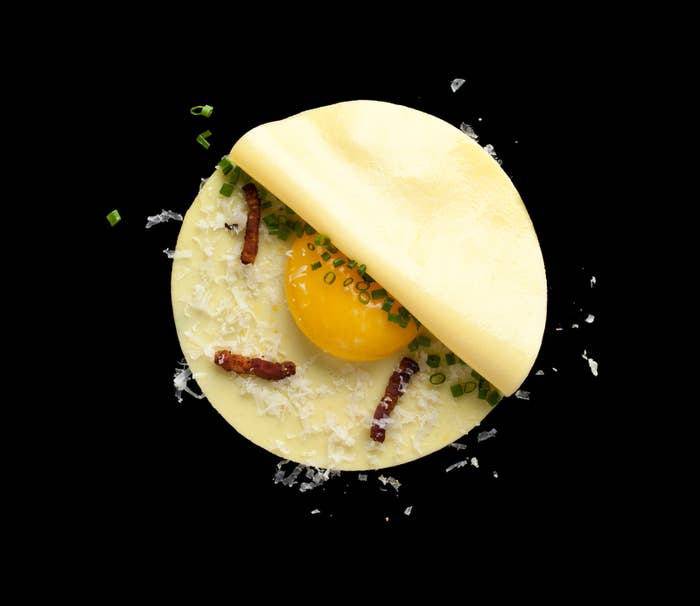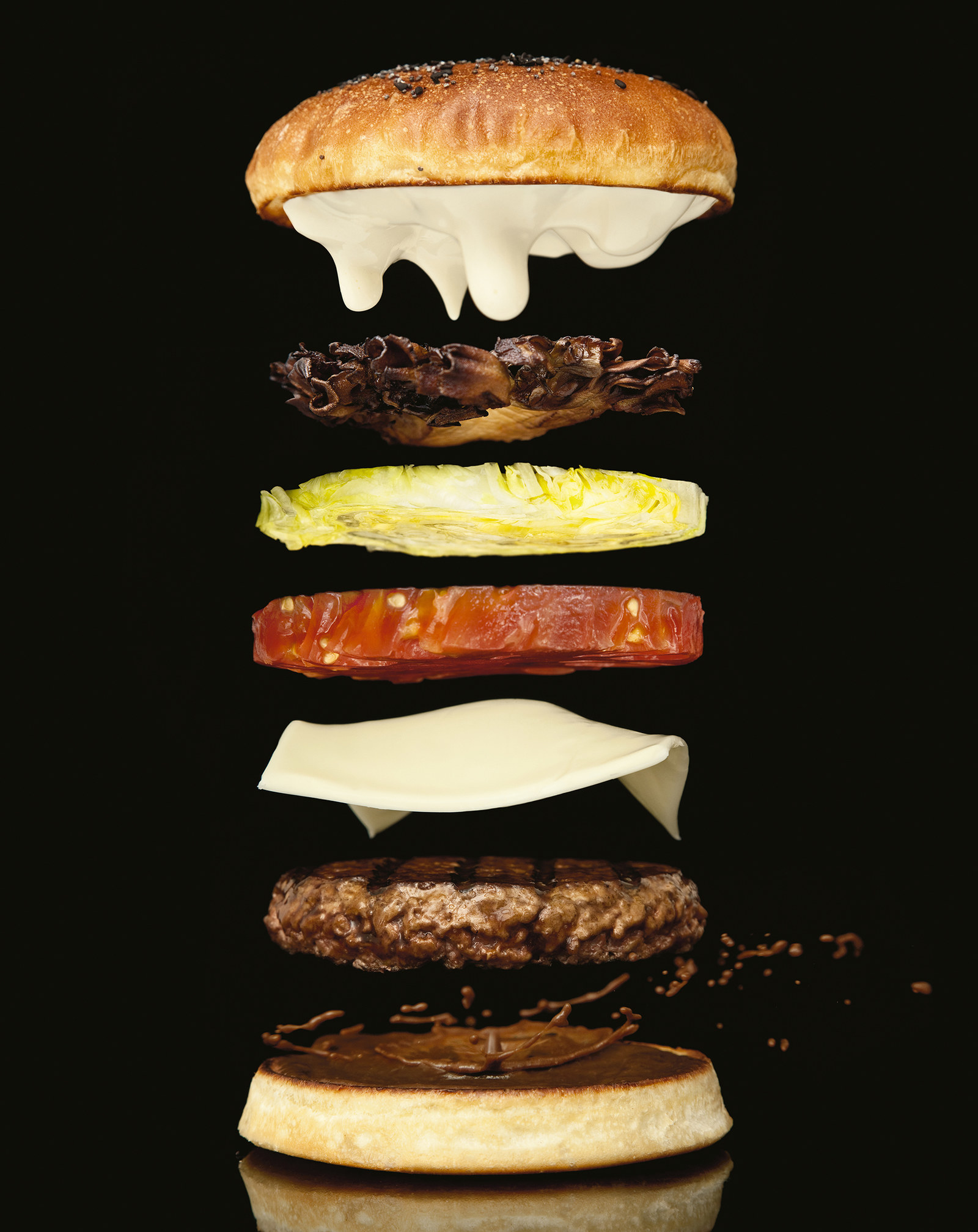
The most important cookbook of this century has been called “mere sensationalism”, a “40-pound” monster”, and the work of “cerebral nimrods who live in a la-la land of gels and immersion circulators.”
Tomorrow, it might also explain that daring nosh added to your Thanksgiving: the Korean barbecue chicken wings, the whipped foam soufflé, or the Baked Alaska crisped with a blowtorch.
Published in 2011, millionaire scientist Nathan Myhrvold's Modernist Cuisine lifted the lid on the secret world of experimental gastronomy to reveal the secrets of low temperature cooking, high pressure crockpots, and the chemistry of the perfect pot roast. Lavishly illustrated, the 2,843 pages of the five tomes were priced at $625 a set, and came with a ring binder of recipes.
“In the dance of cook and eater, some cooks have some new moves,” wrote the New Yorker’s John Lanchester, on the book’s publication. But even the kindest critics wondered if the books would sell, or if the notion of experimental testing in the kitchen with fancy new gadgets would catch on.
A year later, the book had reportedly sold at least 45,000 copies and netted $20 million in sales. Myhrvold, a Microsoft millionaire and a trained chef, had rolled the dice to produce the cook books he wanted, working with a team of chefs over three years of experimentation.

“I’m thrilled with how Modernist Cuisine turned out,” Myhrvold told BuzzFeed News by email. “When I published the book, there was no way to do market research on how our book would be received as there was nothing like it to reference.”
At the time the book came out, the “eat local” movement was ascendant in culinary circles and Myhrvold’s project was often seen as its polar opposite, a coolly rational attempt to to take the guesswork out of cooking. But he said that the book’s true aim was to inject more creativity into cooking.
“My goal in writing Modernist Cuisine was to help readers understand the science of cooking and then to apply this knowledge to making great food,” Myrhvold said. “When people understand the science, that actually gets the creative juices going.”
Physicist and food researcher Peter Barham of the United Kingdom’s University of Bristol told BuzzFeed News the book’s exotica — caramelizing with a blowtorch — overshadowed Modernist Cuisine's most notable achievement: It compiled extensive experimentation into one source. Ingredients were blended and measured down to the hundredth of a milligram. “What they showed people was how to use new tools and ideas taken from top restaurants and let anyone pretty much do it.”
“Plenty of restaurants have two copies, one dirty in the kitchen and one clean in the back for study,” Barham added. “The reference (cooking) temperatures and times in the books alone make them invaluable.”

The book did well enough that Myhrvold has assembled another team to tackle baking in a sequel that will publish next year, Modernist Cuisine’s Melissa Lukach told BuzzFeed News. The same sort of exhaustive research on breads is promised. “We’re going to answer the question of whether it is the water that explains New York’s bagels,” she promised.
Outside of restaurants, “There is certainly a lot of momentum with research that investigates multi-sensory interactions in foods,” John Prescott, the editor of the scientific journal Food Quality and Preference told BuzzFeed News by email. A scientific journal, Flavour, is devoted entirely to the topic.
Within academic labs investigating flavors, Prescott said, Modernist Cuisine doesn’t play a big role. “Certainly it’s considered a mammoth effort; it doesn’t have an impact on science though.”
But for cooks at home, “This is the sort of idea that will filter down to everyday food over time — as a trivial example, consider that foams have crept into menus even at local restaurants,” Prescott said.
“At high end restaurants, we continue to see stronger influences, new cooking techniques and a general openness to science-based ideas.”

